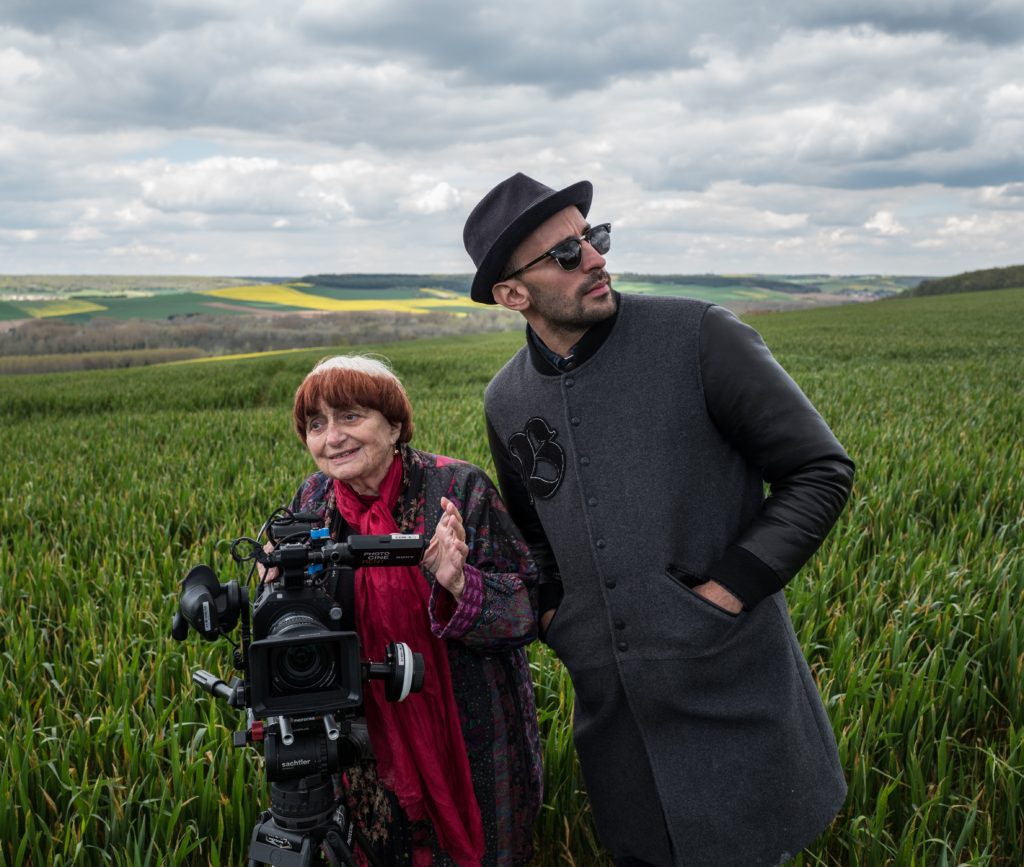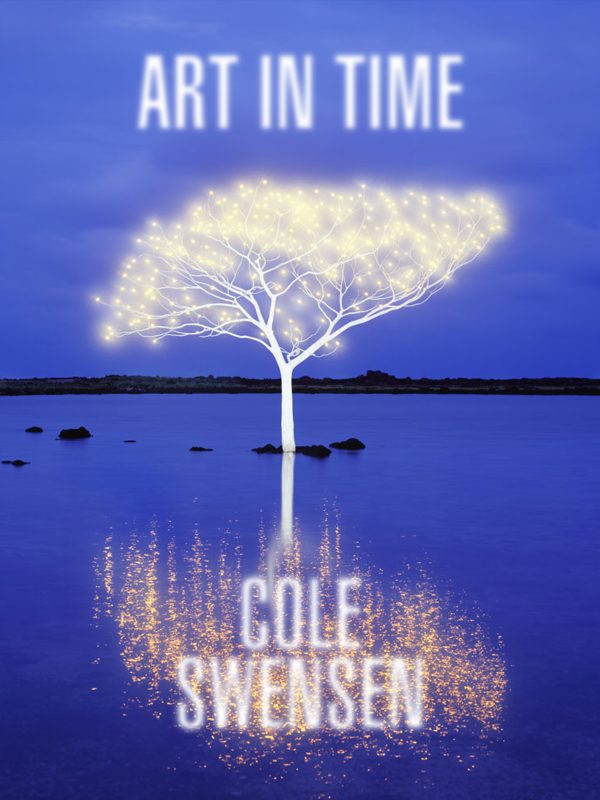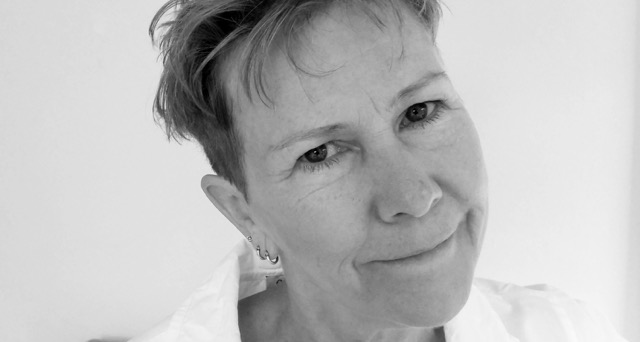Object—the word at first, to most of us, suggests a “single thing.” What does that mean? Unity? Integrity? Instantly, all the issues of identity and agency are brought into play. For instance, most would readily refer to an ant colony as a thing, but would we call it a single thing? And from there, would we call it an object? You could ask the same questions of a tropical storm. One thing that both of these are are things without edges—there are places where they are, and there are places where they are not, but they have no edges per se. And I think that’s true of all objects. I want to thank Sally Keith for referring in her invitation to Object-Oriented Ontology (marvelously acronymed OOO), with its capacious definition of the object, its complication of the subject-object binary, its dismissal of hierarchy, and its anti-anthropocentric stance.
The object I’m considering is a landscape, which includes recognizing myself as part of any landscape that I’m engaging, whether I’m looking at it, remembering it, imagining it, or writing about it, and whether that landscape is the rolling hills of California, a painting by Henry Ossawa Tanner, a video by Zenib Sedira, or an argument for public parks by Fredrick Law Olmsted. And just as I am a part of the landscape that I’m writing about, the writing is a part of it, too.
This piece is a section of a longer poem/essay on the work of Agnes Varda, the artist widely regarded as the instigator of French New Wave Cinema in the 1950s. It’s one of a series of poem/essays from an upcoming book titled Art in Time, pieces that all query the object that is landscape—a term and an object widely recognized today as wholly culturally determined, and always in the service of social, cultural, and political agenda. The questions behind this project are how the cultural determination of landscape in the western world (the EU, the UK, and North America) has conditioned the exploitation of land and its resources all over the world and how art might be able to critique, if not inform or put pressure on, such exploitation. The pieces all focus on artists who implicitly refuse the landscape genre as a mode of appropriation, anthropocentrism, or objectification in the usual sense of that term, while their form and style hope to explore ways that a certain slippage of language, its syntax and its usual modes of logical development, might extend that refusal and support a recognition of the indeterminate nature of landscape.
In the film mentioned here—Visages Villages—Varda visually acknowledges not only the complexity of the landscape that is France, but also its inability to settle, its constant propagation through constant self-differentiation. The landscape is the land, but it’s also the faces and the villages, and the network of connections among the faces and the people behind them that create the villages. Similarly, the object that is the film constantly overflows its own boundaries; there is no way to say where it as an object starts or ends. We could say it started in Varda’s initial idea, but the precise beginning of an idea is itself impossible to pin down. And it goes from there through all the conversations, planning sessions, negotiations, through the filming, the editing, the marketing and through to the screening, and from there the film is extended outward by every person who has seen and will see it, extended by their responses, comments, arguments, all the conversations and speculations ignited by the social and cultural issues raised in the film. This poem/essay is one such response, which makes it part of the film, and through that participation, also part of the landscape of France. An object never ends.

Photo: Agnes Varda and JR
Photograph by Cohen Media Group




